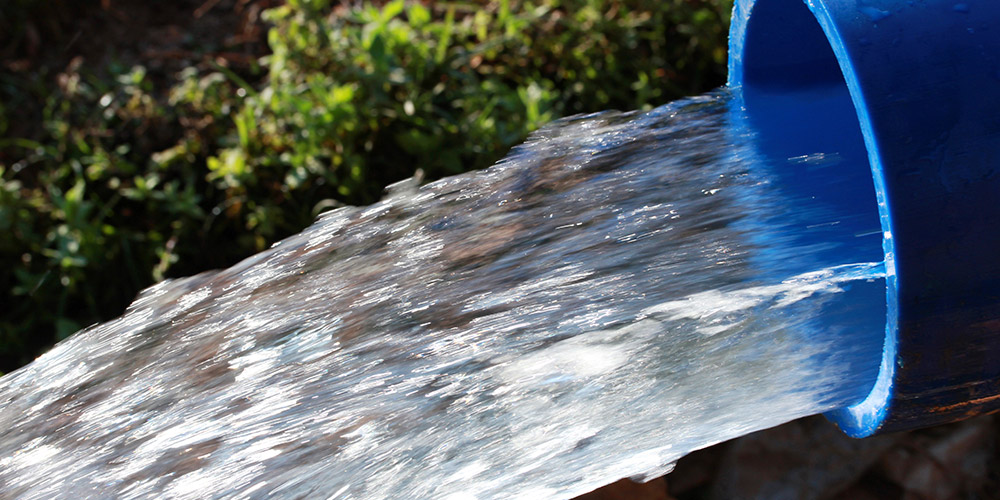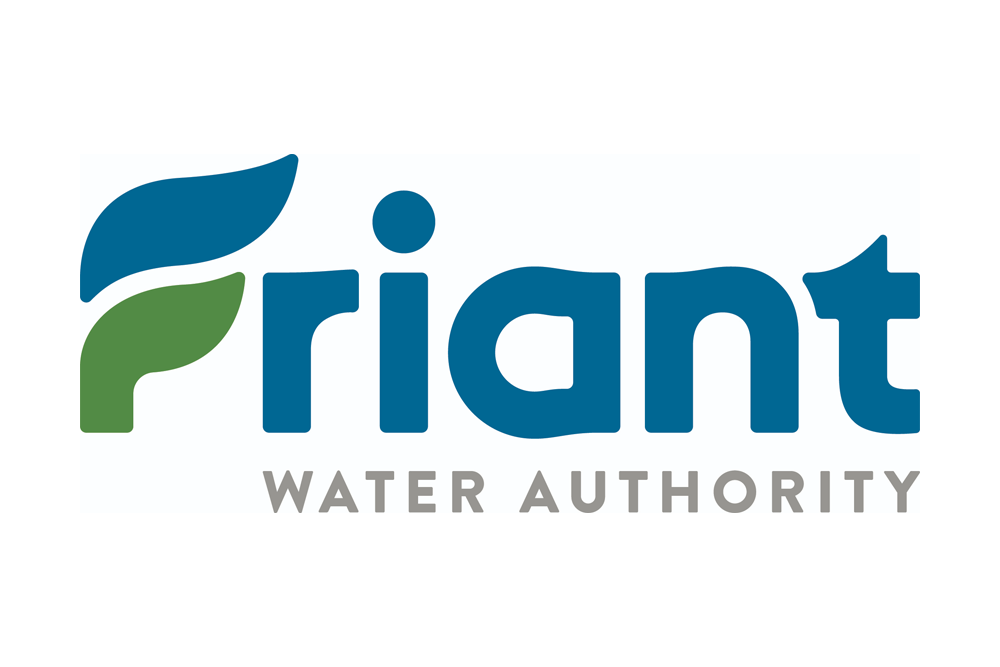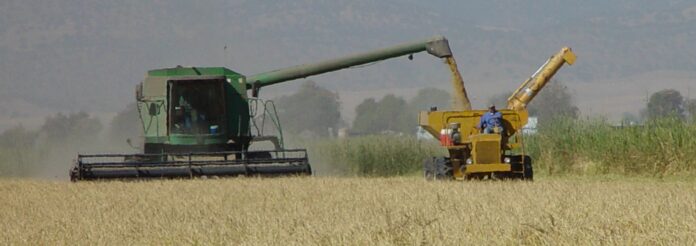The September Glenn Colusa Irrigation District (GCID) Meeting of the Board of Directors was held at its headquarters at 334 E. Laurel Street, in Willows, CA. The meeting was called to order by President Logan Dennis. After the flag salute, Dennis invited the public to address the board. There were a few visitors in attendance, but with no comments from them, I briefly introduced myself and the meeting moved on…
Approval of payment of claims, general fund, and the approval of the August 21st, 2025, Board meeting minutes were passed with no opposition.
Business Items
The first business item was consideration of the approval of a resolution to recognize Byron Sites on his retirement. Byron had worked for the district for 28 years and retired Sept 1st. General Manager Jeff Sutton acknowledged that to know Sites is to love him, and that in his time at the district he was a model of hard work and dedication. He will definitely be missed. The resolution for a party on Oct 4th to recognize Byron’s contributions was approved.
dedication. He will definitely be missed. The resolution for a party on Oct 4th to recognize Byron’s contributions was approved.
There was discussion and consideration to authorize an amendment to the Sacramento Valley Ecological Restoration Agreement. The amendments came out of the design and development phase of the project and address needed funds for the construction phase. The funds needed will come from utilization of the grant funds under Central Valley Project Improvement Act (CVPIA), associated with the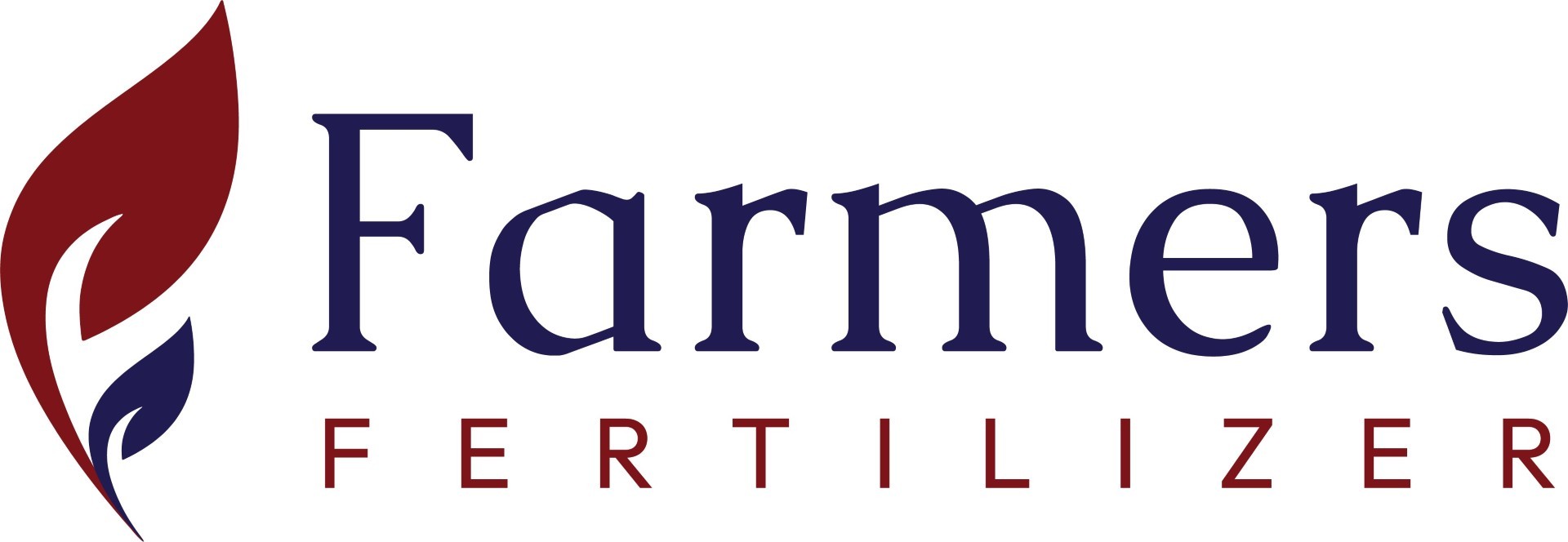 Sacramento Settlement Contractors restoration projects. The funding required is just over $1.1 millions. Much of this funding will be used for structures known as “rockwads” which are large tree roots and canopies attached to boulders and submerged in the river to provide critical shelter for juvenile salmon. Sutton mentioned that there is ongoing monitoring for these projects to measure their effectiveness and show their benefits. Projects have been mostly successful, fish have been using them, and they have been proving to show the expected benefits. Monitoring is important because as the river changes, especially in high water years, maintenance of these projects could have a much better cost benefit than entirely new projects.
Sacramento Settlement Contractors restoration projects. The funding required is just over $1.1 millions. Much of this funding will be used for structures known as “rockwads” which are large tree roots and canopies attached to boulders and submerged in the river to provide critical shelter for juvenile salmon. Sutton mentioned that there is ongoing monitoring for these projects to measure their effectiveness and show their benefits. Projects have been mostly successful, fish have been using them, and they have been proving to show the expected benefits. Monitoring is important because as the river changes, especially in high water years, maintenance of these projects could have a much better cost benefit than entirely new projects.
Funding Rockwads
Holly Dawley, Water Resources Engineer with KSN, Inc. added that California Department of Fish and Wildlife (CDFW), along with United States Bureau of Reclamation (USBR), have an agreement with Pacific Marine Fisheries. They do a lot of in river monitoring and checking for redds (salmon nests). Keith Marine, of Aquatic Resources Consulting Scientists, has been collecting the reports and combining the information. The Settlement Contractors want to create an atmosphere of reconciliation ecology and adaptive management. This information allows the Contractors to pivot to where they are having the most success. There was discussion of the benefits and the possibility of generating an annual report on the success and challenges of these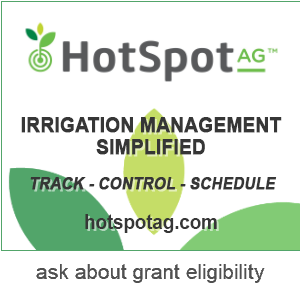 projects. Dawley emphasized the importance of investing in upkeep of prior projects. There are often easier pathways for funding new projects. Often it is tough to find funding, or even excitement for the upkeep of previous successful projects. Sutton and Dawley both clarified that the amendment being presented is to commit existing grant funding to the next steps of the project which are now clearer with completion of the design and development phase. There was a vote, and the Board approved the amendment.
projects. Dawley emphasized the importance of investing in upkeep of prior projects. There are often easier pathways for funding new projects. Often it is tough to find funding, or even excitement for the upkeep of previous successful projects. Sutton and Dawley both clarified that the amendment being presented is to commit existing grant funding to the next steps of the project which are now clearer with completion of the design and development phase. There was a vote, and the Board approved the amendment.
215 Contract for Groundwater
The next item on the agenda was consideration of authorizing GM Sutton to work with USBR regarding pursuit of a Section 215 contract for the purpose of groundwater recharge. A 215 contract is a contract for water from USBR when the river and delta have surplus flows and all other contracts are being met. There are four different pricing rates. If there are no flood releases but there is excess from side flow, the rate of the full cost of CVP project water is $40.94. If you are using the water for groundwater recharge and they are releasing for flood control they will charge only the $13.00 restoration rate. The fourth rate being contemplated is the water could be free if the Governor declares a flood emergency that effects your county. In some years, this could extend all of the way into June.
recharge. A 215 contract is a contract for water from USBR when the river and delta have surplus flows and all other contracts are being met. There are four different pricing rates. If there are no flood releases but there is excess from side flow, the rate of the full cost of CVP project water is $40.94. If you are using the water for groundwater recharge and they are releasing for flood control they will charge only the $13.00 restoration rate. The fourth rate being contemplated is the water could be free if the Governor declares a flood emergency that effects your county. In some years, this could extend all of the way into June.
This water would not count against anyone’s allocations. This is water that really serves no benefit to any of the stakeholders of the CVP, including wildlife and delta bay flushing. It is water that otherwise will be lost to the ocean and can be put to good use recharging our groundwater. Sarah Reynolds with T&P Farms has been attending Sacramento Valley Flood Diversion and Recharge Enhancement Workgroup (FDRE) meetings. FDRE is facilitated by NCWA, and they are very focused on flood diversion, trying to make it easier during flood flows to use the water for groundwater recharge projects. Reynolds brought up the fact that there are so many opportunities for recharge, but stakeholders need to have access to the winter surface water. Bill Vanderwaal with FDRE mentioned that the 215 water could be the pathway to that. There was discussion about the fact that many groundwater recharge projects are currently in the works in surrounding districts, but in much of GCID recharge is either not needed because of the current sustainability of aquifers, or not feasible because of the geology and hydrology characteristics of the ground beneath. The GCID canals are connected to areas outside of the district so the district could possibly be a conduit to help transfer recharge water contributing to the sustainability of other areas. There was consensus from the Board that GM Sutton should work with USBR to pursue a Section 215 contract for groundwater recharge.
recharge, but stakeholders need to have access to the winter surface water. Bill Vanderwaal with FDRE mentioned that the 215 water could be the pathway to that. There was discussion about the fact that many groundwater recharge projects are currently in the works in surrounding districts, but in much of GCID recharge is either not needed because of the current sustainability of aquifers, or not feasible because of the geology and hydrology characteristics of the ground beneath. The GCID canals are connected to areas outside of the district so the district could possibly be a conduit to help transfer recharge water contributing to the sustainability of other areas. There was consensus from the Board that GM Sutton should work with USBR to pursue a Section 215 contract for groundwater recharge.
Wildlife Refuge Water
Next was the consideration of year-round water for the Sacramento National Wildlife Refuge (SNWR). GCID currently serves the refuges nearly year-round. Essentially, all year except January 7 – Feb 15. This period of time is used by the district to drain down the system for inspections and maintain the system. It is a critical period for the district to keep the canal system in good working order for year-round water delivery to all customers including the refuges. SNWR has some funding available that could be used to help with this, but it will still be quite a burden on the district, and at best the district would still need at least a couple of weeks to maintain the system closest to the refuge.
down the system for inspections and maintain the system. It is a critical period for the district to keep the canal system in good working order for year-round water delivery to all customers including the refuges. SNWR has some funding available that could be used to help with this, but it will still be quite a burden on the district, and at best the district would still need at least a couple of weeks to maintain the system closest to the refuge.
The feedback from the Board was that they want to do all they can to help SNWR, but that it is not possible to commit to year-round deliveries. The maintenance period is tight as it is and already poses challenges. There were ideas that the available SNWR funding could possibly be used for a large storage pond that could be filled ahead of the canal maintenance shutdown and the stored water used during the shutdown. Another idea was to look into feasibility of drilling a well to be used to provide water in these short periods where surface water is not available. This was not an item requiring action from the Board, Sutton just wanted to bring it up to make them aware, and to get some ideas. He will continue to explore options with SNWR in effort to serve them as best as possible.
Votes
The Board had a quick discussion about GCID nominations for the Sacramento River Settlement Contractor Corporation Board election. They just need to let the nominating committee know who the candidates are.
An electronic vote was needed for the Association of California Water Agencies (ACWA) Board of Directors. Sutton made a recommendation to approve the slate and cast the vote. The Board agreed and the action was passed.
There were three items regarding investment authority delegation for the upcoming fiscal year, adjustments to billing rates for Somach, Simmons, and Dunn, and adoption of the fiscal year 2025-2026 budget. These items were all pretty standard year to year business, and without much discussion or controversy all items were approved.
Matt LaGrande, a landowner in the district arrived for the discussion and consideration of his request to wheel GCID water from the Tehama-Colusa Canal via Westside Water District to his land in GCID. There are challenges to delivery of water to LaGrande’s Westside property through GCID because of canal capacity restriction in the area. Westside Water District canals have the capacity and could be used to wheel irrigation water to serve both properties. The board was asked to consider whether or not they see any problems with this. The board did not have any objections. It was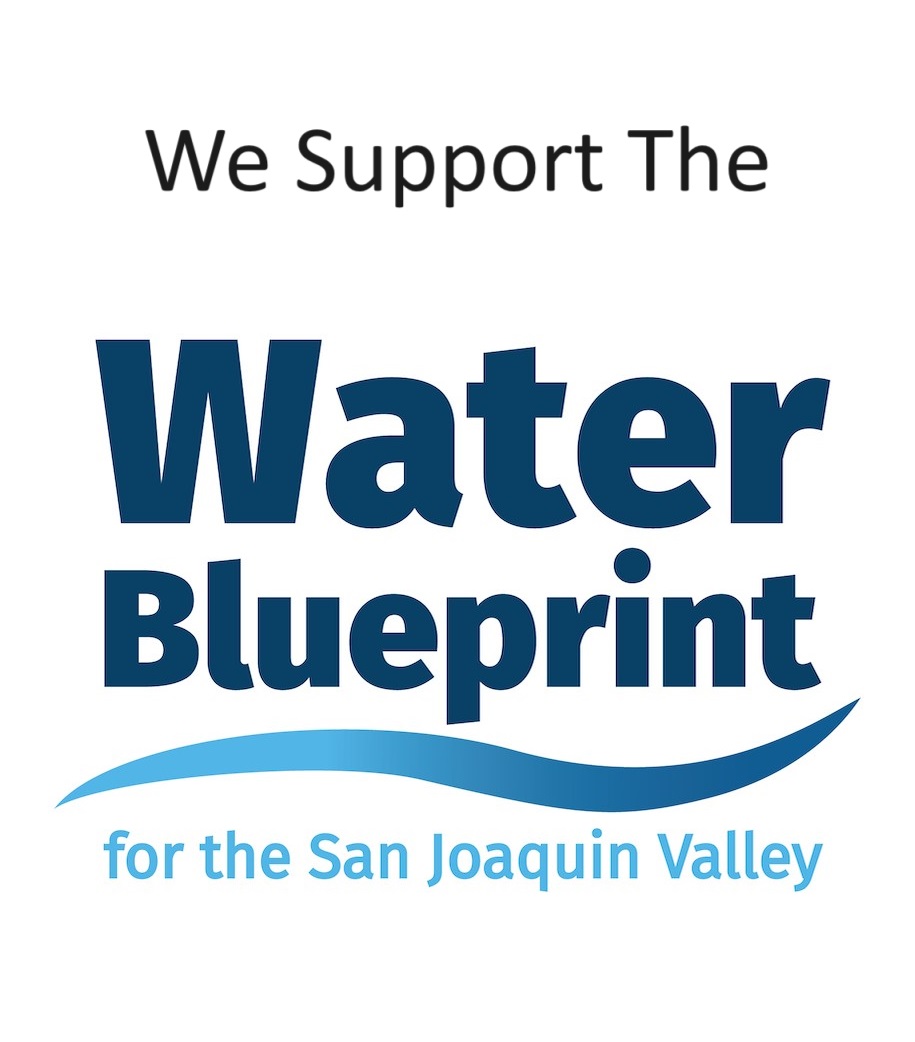 mentioned that a written agreement should be prepared, and that meters need to be installed correctly to carefully measure the water being both put into the canal and taken out of the canal. Sutton described this as a win-win because it greatly improves the cost circumstance to service this property and also takes some demand off of an overburdened lateral.
mentioned that a written agreement should be prepared, and that meters need to be installed correctly to carefully measure the water being both put into the canal and taken out of the canal. Sutton described this as a win-win because it greatly improves the cost circumstance to service this property and also takes some demand off of an overburdened lateral.
Administration
Louis Jarvis gave the Treasurer’s report, and the Board approved the report for filing. There was discussion about the aquatic weed situation in the canals and whether more funding may be needed in that area, The situation does not seem to be getting better and continues to pose problems for water delivery. Sutton mentioned the possibility of working with Stephen Burkholder at Blankenship & Associates (now Bowman). Bowman is an environmental firm that specializes in water resource management services.
Water Operations Superintendent Ed Henderson reported that the pump station is currently running at 500 second feet, with 150 of that servicing the refuges. Water operators are being moved to maintenance as the demand for water slows and maintenance operations picks up. Henderson has been working with Colusa Air Quality to see if there is a possibility of increasing burning for customers whose rice decomposition operations have been affected by the Lurline project. Opportunities are available and Air Quality is doing all they can to facilitate the request. Normal conditions for burning must be met, and there could be a limited time frame available for burning so it is important to get the word out to those growers.
Maintenance Superintendent Jeremy Richardson reported that the maintenance crew are doing some tree removal and aquatic weed removal. They finished staging materials to be used for the coffer dam for the Lurline check replacement project. Biological monitors are currently checking for presence of Giant Garter Snakes. Creek crossings are being made where needed. The crew is replacing delivery and tail boxes while the rice water is off for harvest and before rice decomposition deliveries begin. Richardson finalized the maintenance equipment budget and conducted interviews and hired for some maintenance positions.
Engineer Chris Privitera reported that he had the on-site start up meeting for the Lurline project on Sept 2. The gravel has been laid on the main canal to the contractor’s specs. Dirt has been staged for the coffer dam. The gates for the project ship in early October and the antenna at the end of October. Privitera will soon be starting to analyze seasonal flow data for the canal system now that irrigation has been winding down. GCID will be working with Deseret Farms to construct an easement agreement for the Gradient Facility Project. The district will need some of their land for the project and for continued access to the facility once the project has been completed. Privitera reported the status of various projects throughout the canal systems. The maintenance crew will remain very busy over the next few months.
Jarvis gave the Treasures report and Damage claims Report and those were filed with very little discussion.
Information Reports
Assistant General Manager Brad Mattson gave his report, summarizing all of the projects currently being worked on and complementing the maintenance department for the phenomenal work they have done and the patience they have shown while doing all that they have been asked to do. Mattson also gave a shout out to Provost and Pritchard for being excellent partners on many of the projects.
Manager’s Report
Sutton thanked the entire staff for the success of the 105th anniversary celebration, which he felt was a resounding success. A great day for the landowners, the staff, and the district as a whole. He gave special thanks to Office Specialist Mary Spooner for coordinating it all. Sutton reported that the 218 Election to fund the Colusa Groundwater Agency activities failed with 65% of voters voting no. The district continues to meet with DWR, CFW, and the California Water Commission to try to keep things on track timing-wise for Sites Reservoir. There were some concerns expressed about potential changes in priorities and in personnel at the state level as we get closer to the next election cycle. More funding has been coming available for the Sites project as some other potential storage projects have been discontinued. Overall Sutton seemed to have an optimistic outlook over the progress and momentum of the project. Lastly the CVP family meetings have been going very well. It has been good dialogue although sometimes tough dialogue about some challenging issues.
Communications Report
Spooner reported thank you letters have been sent out to the guest speakers of the anniversary celebration. She thanked everyone involved in making the celebration a success. Spooner made a social media post, and Northern California Water Agency (NCWA) did an excellent post. Family Farm Alliance will be including a centerfold about the milestone and celebration in their newsletter. She mentioned that the Sites retirement party coming up at the Elks Lodge on the 4th of October, and invitations have already been sent out. The district newsletter should go out at the end of next week.
Nick Edsall covers Northern California water’s impact on the agricultural community. With more than 25 years of farming experience and deep roots in the Sacramento Valley, Edsall knows firsthand the challenges growers face in water policy, regulation, and resource management and strives to translate complex water issues into clear, relevant reporting for farmers, ranchers, and stakeholders across the region.
Owner of Edsall Ag Consulting, LLC, Edsall is committed to bridging the gap between policy and production in California agriculture. In addition to his consulting work, he also serves as a sales representative for Duarte Nursery, working directly with growers in the Sacramento Valley to support successful orchard development. Nick can be reached at nick@edsallag.com
DISCLAIMER OF RESPONSIBILITY; Waterwrights.net strives to provide its clients with the most complete, up-to-date, and accurate information available. Nevertheless, Waterwrights.net does not serve as a guarantor of the accuracy or completeness of the information provided, and specifically disclaims any and all responsibility for information that is not accurate, up-to-date, or complete. Waterwrights.net’s clients therefore rely on the accuracy, completeness and timeliness of information from Waterwrights.net entirely at their own risk. The opinions expressed in this report are those of the author and do not represent any advertisers or third parties.
ALL RIGHTS RESERVED. Copyright 2025 by WaterWrights.net
GLENN COLUSA ID – President Logan Dennis, Vice President Peter Knight, John Amaro, Donald R. Bransford, and Kelly Ornbaun
Staff: Jeff Sutton – General Manager, Brad Mattson – Assistant General Manager, Chris Privitera – Interim District Engineer, Ed Henderson – Superintendent, Louis Jarvis – Finance Director, Kayla Mendonca – Executive Assistant, and Andy Hitchings – Counsel, Somach, Simons & Dunn.
344 East Laurel Street Willows, CA 95988 (530) 934-8881 contact@gcid.net
DWR SGMA # 5-021.52
From the GCID website: Glenn-Colusa Irrigation District (GCID) is dedicated to providing reliable, affordable water supplies to its landowners and water users, while ensuring the environmental and economic viability of the region. As the largest irrigation district in the Sacramento Valley, GCID has a long history of serving farmers and the agricultural community and maintaining critical wildlife habitat. The District fulfills its mission of efficiently and effectively managing and delivering water through an ever-improving delivery system and responsible policies, while maintaining a deep commitment to sustainable practices. Looking ahead, GCID will remain focused on continuing to deliver a reliable and sustainable water supply by positioning itself to respond proactively, strategically and responsibly to California’s ever-changing water landscape.
By Nick Edsall
The September Glenn Colusa Irrigation District (GCID) Meeting of the Board of Directors was held at its headquarters at 334 E. Laurel Street, in Willows, CA. The meeting was called to order by President Logan Dennis. After the flag salute, Dennis invited the public to address the board. There were a few visitors in attendance, but with no comments from them, I briefly introduced myself and the meeting moved on…
Consent Agenda
Approval of payment of claims, general fund, and the approval of the August 21st, 2025, Board meeting minutes were passed with no opposition.
Business Items
The first business item was consideration of the approval of a resolution to recognize Byron Sites on his retirement. Byron had worked for the district for 28 years and retired Sept 1st. General Manager Jeff Sutton acknowledged that to know Sites is to love him, and that in his time at the district he was a model of hard work and dedication. He will definitely be missed. The resolution for a party on Oct 4th to recognize Byron’s contributions was approved.
There was discussion and consideration to authorize an amendment to the Sacramento Valley Ecological Restoration Agreement. The amendments came out of the design and development phase of the project and address needed funds for the construction phase. The funds needed will come from utilization of the grant funds under Central Valley Project Improvement Act (CVPIA), associated with the Sacramento Settlement Contractors restoration projects. The funding required is just over $1.1 millions. Much of this funding will be used for structures known as “rockwads” which are large tree roots and canopies attached to boulders and submerged in the river to provide critical shelter for juvenile salmon. Sutton mentioned that there is ongoing monitoring for these projects to measure their effectiveness and show their benefits. Projects have been mostly successful, fish have been using them, and they have been proving to show the expected benefits. Monitoring is important because as the river changes, especially in high water years, maintenance of these projects could have a much better cost benefit than entirely new projects.
Funding Rockwads
Holly Dawley, Water Resources Engineer with KSN, Inc. added that California Department of Fish and Wildlife (CDFW), along with United States Bureau of Reclamation (USBR), have an agreement with Pacific Marine Fisheries. They do a lot of in river monitoring and checking for redds (salmon nests). Keith Marine, of Aquatic Resources Consulting Scientists, has been collecting the reports and combining the information. The Settlement Contractors want to create an atmosphere of reconciliation ecology and adaptive management. This information allows the Contractors to pivot to where they are having the most success. There was discussion of the benefits and the possibility of generating an annual report on the success and challenges of these projects. Dawley emphasized the importance of investing in upkeep of prior projects. There are often easier pathways for funding new projects. Often it is tough to find funding, or even excitement for the upkeep of previous successful projects. Sutton and Dawley both clarified that the amendment being presented is to commit existing grant funding to the next steps of the project which are now clearer with completion of the design and development phase. There was a vote, and the Board approved the amendment.
215 Contract for Groundwater
The next item on the agenda was consideration of authorizing GM Sutton to work with USBR regarding pursuit of a Section 215 contract for the purpose of groundwater recharge. A 215 contract is a contract for water from USBR when the river and delta have surplus flows and all other contracts are being met. There are four different pricing rates. If there are no flood releases but there is excess from side flow, the rate of the full cost of CVP project water is $40.94. If you are using the water for groundwater recharge and they are releasing for flood control they will charge only the $13.00 restoration rate. The fourth rate being contemplated is the water could be free if the Governor declares a flood emergency that effects your county. In some years, this could extend all of the way into June.
This water would not count against anyone’s allocations. This is water that really serves no benefit to any of the stakeholders of the CVP, including wildlife and delta bay flushing. It is water that otherwise will be lost to the ocean and can be put to good use recharging our groundwater. Sarah Reynolds with T&P Farms has been attending Sacramento Valley Flood Diversion and Recharge Enhancement Workgroup (FDRE) meetings. FDRE is facilitated by NCWA, and they are very focused on flood diversion, trying to make it easier during flood flows to use the water for groundwater recharge projects. Reynolds brought up the fact that there are so many opportunities for recharge, but stakeholders need to have access to the winter surface water. Bill Vanderwaal with FDRE mentioned that the 215 water could be the pathway to that. There was discussion about the fact that many groundwater recharge projects are currently in the works in surrounding districts, but in much of GCID recharge is either not needed because of the current sustainability of aquifers, or not feasible because of the geology and hydrology characteristics of the ground beneath. The GCID canals are connected to areas outside of the district so the district could possibly be a conduit to help transfer recharge water contributing to the sustainability of other areas. There was consensus from the Board that GM Sutton should work with USBR to pursue a Section 215 contract for groundwater recharge.
Wildlife Refuge Water
Next was the consideration of year-round water for the Sacramento National Wildlife Refuge (SNWR). GCID currently serves the refuges nearly year-round. Essentially, all year except January 7 – Feb 15. This period of time is used by the district to drain down the system for inspections and maintain the system. It is a critical period for the district to keep the canal system in good working order for year-round water delivery to all customers including the refuges. SNWR has some funding available that could be used to help with this, but it will still be quite a burden on the district, and at best the district would still need at least a couple of weeks to maintain the system closest to the refuge.
The feedback from the Board was that they want to do all they can to help SNWR, but that it is not possible to commit to year-round deliveries. The maintenance period is tight as it is and already poses challenges. There were ideas that the available SNWR funding could possibly be used for a large storage pond that could be filled ahead of the canal maintenance shutdown and the stored water used during the shutdown. Another idea was to look into feasibility of drilling a well to be used to provide water in these short periods where surface water is not available. This was not an item requiring action from the Board, Sutton just wanted to bring it up to make them aware, and to get some ideas. He will continue to explore options with SNWR in effort to serve them as best as possible.
Votes
The Board had a quick discussion about GCID nominations for the Sacramento River Settlement Contractor Corporation Board election. They just need to let the nominating committee know who the candidates are.
An electronic vote was needed for the Association of California Water Agencies (ACWA) Board of Directors. Sutton made a recommendation to approve the slate and cast the vote. The Board agreed and the action was passed.
There were three items regarding investment authority delegation for the upcoming fiscal year, adjustments to billing rates for Somach, Simmons, and Dunn, and adoption of the fiscal year 2025-2026 budget. These items were all pretty standard year to year business, and without much discussion or controversy all items were approved.
Matt LaGrande, a landowner in the district arrived for the discussion and consideration of his request to wheel GCID water from the Tehama-Colusa Canal via Westside Water District to his land in GCID. There are challenges to delivery of water to LaGrande’s Westside property through GCID because of canal capacity restriction in the area. Westside Water District canals have the capacity and could be used to wheel irrigation water to serve both properties. The board was asked to consider whether or not they see any problems with this. The board did not have any objections. It was mentioned that a written agreement should be prepared, and that meters need to be installed correctly to carefully measure the water being both put into the canal and taken out of the canal. Sutton described this as a win-win because it greatly improves the cost circumstance to service this property and also takes some demand off of an overburdened lateral.
Administration
Louis Jarvis gave the Treasurer’s report, and the Board approved the report for filing. There was discussion about the aquatic weed situation in the canals and whether more funding may be needed in that area, The situation does not seem to be getting better and continues to pose problems for water delivery. Sutton mentioned the possibility of working with Stephen Burkholder at Blankenship & Associates (now Bowman). Bowman is an environmental firm that specializes in water resource management services.
Water Operations Superintendent Ed Henderson reported that the pump station is currently running at 500 second feet, with 150 of that servicing the refuges. Water operators are being moved to maintenance as the demand for water slows and maintenance operations picks up. Henderson has been working with Colusa Air Quality to see if there is a possibility of increasing burning for customers whose rice decomposition operations have been affected by the Lurline project. Opportunities are available and Air Quality is doing all they can to facilitate the request. Normal conditions for burning must be met, and there could be a limited time frame available for burning so it is important to get the word out to those growers.
Maintenance Superintendent Jeremy Richardson reported that the maintenance crew are doing some tree removal and aquatic weed removal. They finished staging materials to be used for the coffer dam for the Lurline check replacement project. Biological monitors are currently checking for presence of Giant Garter Snakes. Creek crossings are being made where needed. The crew is replacing delivery and tail boxes while the rice water is off for harvest and before rice decomposition deliveries begin. Richardson finalized the maintenance equipment budget and conducted interviews and hired for some maintenance positions.
Engineer Chris Privitera reported that he had the on-site start up meeting for the Lurline project on Sept 2. The gravel has been laid on the main canal to the contractor’s specs. Dirt has been staged for the coffer dam. The gates for the project ship in early October and the antenna at the end of October. Privitera will soon be starting to analyze seasonal flow data for the canal system now that irrigation has been winding down. GCID will be working with Deseret Farms to construct an easement agreement for the Gradient Facility Project. The district will need some of their land for the project and for continued access to the facility once the project has been completed. Privitera reported the status of various projects throughout the canal systems. The maintenance crew will remain very busy over the next few months.
Jarvis gave the Treasures report and Damage claims Report and those were filed with very little discussion.
Information Reports
Assistant General Manager Brad Mattson gave his report, summarizing all of the projects currently being worked on and complementing the maintenance department for the phenomenal work they have done and the patience they have shown while doing all that they have been asked to do. Mattson also gave a shout out to Provost and Pritchard for being excellent partners on many of the projects.
Manager’s Report
Sutton thanked the entire staff for the success of the 105th anniversary celebration, which he felt was a resounding success. A great day for the landowners, the staff, and the district as a whole. He gave special thanks to Office Specialist Mary Spooner for coordinating it all. Sutton reported that the 218 Election to fund the Colusa Groundwater Agency activities failed with 65% of voters voting no. The district continues to meet with DWR, CFW, and the California Water Commission to try to keep things on track timing-wise for Sites Reservoir. There were some concerns expressed about potential changes in priorities and in personnel at the state level as we get closer to the next election cycle. More funding has been coming available for the Sites project as some other potential storage projects have been discontinued. Overall Sutton seemed to have an optimistic outlook over the progress and momentum of the project. Lastly the CVP family meetings have been going very well. It has been good dialogue although sometimes tough dialogue about some challenging issues.
Communications Report
Spooner reported thank you letters have been sent out to the guest speakers of the anniversary celebration. She thanked everyone involved in making the celebration a success. Spooner made a social media post, and Northern California Water Agency (NCWA) did an excellent post. Family Farm Alliance will be including a centerfold about the milestone and celebration in their newsletter. She mentioned that the Sites retirement party coming up at the Elks Lodge on the 4th of October, and invitations have already been sent out. The district newsletter should go out at the end of next week.
Nick Edsall covers Northern California water’s impact on the agricultural community. With more than 25 years of farming experience and deep roots in the Sacramento Valley, Edsall knows firsthand the challenges growers face in water policy, regulation, and resource management and strives to translate complex water issues into clear, relevant reporting for farmers, ranchers, and stakeholders across the region.
Owner of Edsall Ag Consulting, LLC, Edsall is committed to bridging the gap between policy and production in California agriculture. In addition to his consulting work, he also serves as a sales representative for Duarte Nursery, working directly with growers in the Sacramento Valley to support successful orchard development. Nick can be reached at nick@edsallag.com
DISCLAIMER OF RESPONSIBILITY; Waterwrights.net strives to provide its clients with the most complete, up-to-date, and accurate information available. Nevertheless, Waterwrights.net does not serve as a guarantor of the accuracy or completeness of the information provided, and specifically disclaims any and all responsibility for information that is not accurate, up-to-date, or complete. Waterwrights.net’s clients therefore rely on the accuracy, completeness and timeliness of information from Waterwrights.net entirely at their own risk. The opinions expressed in this report are those of the author and do not represent any advertisers or third parties.
ALL RIGHTS RESERVED. Copyright 2025 by WaterWrights.net
GLENN COLUSA ID – President Logan Dennis, Vice President Peter Knight, John Amaro, Donald R. Bransford, and Kelly Ornbaun
Staff: Jeff Sutton – General Manager, Brad Mattson – Assistant General Manager, Chris Privitera – Interim District Engineer, Ed Henderson – Superintendent, Louis Jarvis – Finance Director, Kayla Mendonca – Executive Assistant, and Andy Hitchings – Counsel, Somach, Simons & Dunn.
344 East Laurel Street Willows, CA 95988
(530) 934-8881 contact@gcid.net
DWR SGMA # 5-021.52
From the GCID website: Glenn-Colusa Irrigation District (GCID) is dedicated to providing reliable, affordable water supplies to its landowners and water users, while ensuring the environmental and economic viability of the region. As the largest irrigation district in the Sacramento Valley, GCID has a long history of serving farmers and the agricultural community and maintaining critical wildlife habitat. The District fulfills its mission of efficiently and effectively managing and delivering water through an ever-improving delivery system and responsible policies, while maintaining a deep commitment to sustainable practices. Looking ahead, GCID will remain focused on continuing to deliver a reliable and sustainable water supply by positioning itself to respond proactively, strategically and responsibly to California’s ever-changing water landscape.

